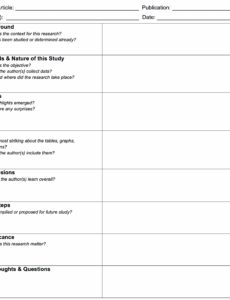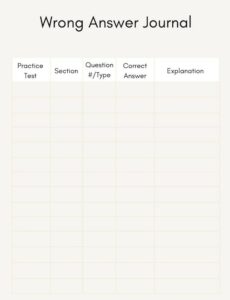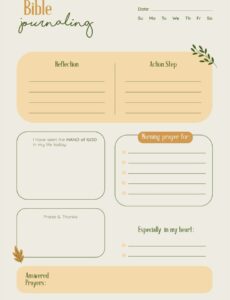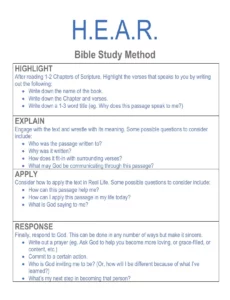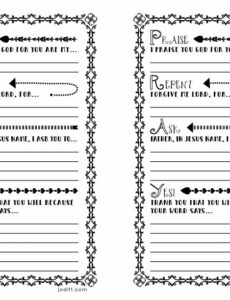Life can feel like a whirlwind sometimes, leaving us feeling overwhelmed, anxious, or just a little lost. In our busy modern world, finding simple yet effective ways to support our mental well-being is more important than ever. That’s where the magic of a bullet journal comes in – it’s a personalized, flexible system that helps you track, plan, and reflect on your thoughts and feelings in a way that truly resonates with you.
While the beauty of a bullet journal lies in its customizability, sometimes staring at a blank page can be daunting. You might know you want to use it for mental health, but figuring out where to start with layouts and trackers can feel like another chore. This is precisely why having a solid mental health bullet journal template can be a game-changer, offering a gentle guide to help you cultivate a space for self-care and introspection without the pressure of perfection.
Crafting Your Core Mental Health Bullet Journal Template Spreads
A truly effective mental health bullet journal template begins with a few foundational spreads that you can revisit daily, weekly, or monthly. These are the building blocks that will help you stay tuned into your emotional landscape without feeling overwhelmed. Think of them as your personal mental health toolkit, ready to be deployed whenever you need a moment of self-reflection or a deeper understanding of your patterns. The goal here is consistency and ease of use, ensuring you’re more likely to engage with your journal regularly.
One of the most popular and beneficial spreads to include in any mental health bullet journal template is a mood tracker. This doesn’t have to be complicated; a simple grid where you color in a square each day according to your predominant mood can offer incredible insights over time. You might notice patterns related to the days of the week, weather, or even specific activities. Seeing these trends visually can empower you to make small adjustments in your routine that can lead to significant improvements in your overall well-being.
Another essential element is a gratitude log. In times of stress or low mood, it can be incredibly hard to remember the good things. Dedicating a small section each day to jot down three things you’re grateful for, no matter how small, can shift your perspective and foster a more positive outlook. It trains your brain to look for the good, acting as a powerful antidote to negative thought spirals. This practice grounds you in the present moment and reminds you of the abundance, even amidst challenges.
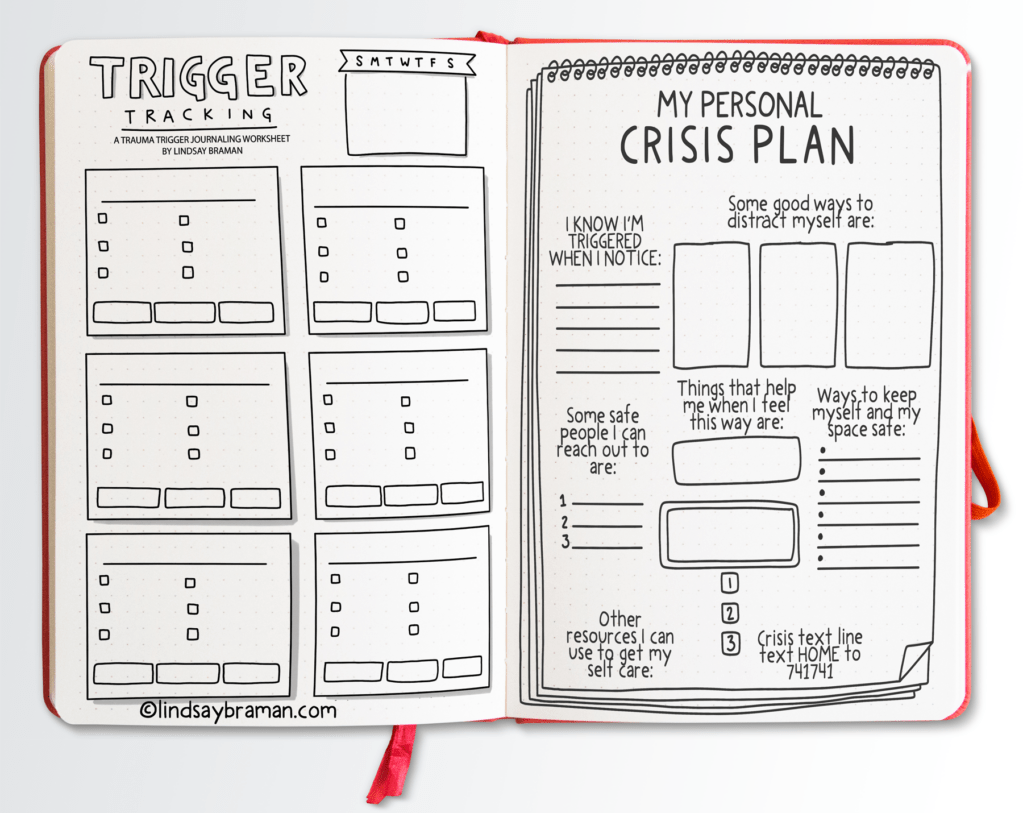
Consider also adding a habit tracker specifically for self-care routines. This could include things like drinking enough water, getting adequate sleep, meditating, or even just taking a few minutes to read. Tracking these habits helps reinforce positive behaviors and shows you tangible proof of your efforts towards self-improvement. It’s a gentle nudge towards consistency, transforming sporadic acts of self-care into integrated parts of your daily life.
Daily Check-in Prompts
To deepen your daily reflections, incorporate a small section for check-in prompts. These can guide your thoughts and help you articulate what you’re feeling.
- What’s one thing I’m feeling today, and why?
- What’s one small victory I achieved today?
- What do I need to let go of from today?
- What’s one intention I have for tomorrow?
- How did I care for myself today?
Customizing for Your Unique Needs
Remember, this mental health bullet journal template is a starting point. Feel free to experiment with different layouts, colors, and prompts until you find what truly resonates with you. The most effective journal is one you genuinely enjoy using and that genuinely supports your journey. Your template should evolve with you, adapting to new insights and changes in your life, ensuring it remains a relevant and valuable tool.
Beyond the Basics: Advanced Spreads and Tools
Once you’ve established your core mental health bullet journal template, you might find yourself ready to explore more advanced spreads that delve deeper into self-understanding and emotional management. These aren’t meant for daily use but rather as dedicated spaces for specific purposes, allowing you to tackle larger themes or persistent challenges. Think of them as specialized tools in your mental health toolkit, available when you need a more focused approach to a particular aspect of your well-being.
One invaluable advanced spread is a dedicated “brain dump” or free-writing page. When your mind feels cluttered with thoughts, worries, or an endless to-do list, simply writing everything down without judgment can be incredibly cathartic. This practice helps to externalize your internal monologue, often making problems seem more manageable and freeing up mental space. You can dedicate a spread each week or use it whenever you feel the need to unload.
Another powerful addition is a mental wellness goal-setting page. Beyond just tracking habits, this spread allows you to define larger aspirations for your mental health journey. Perhaps you want to improve your sleep quality, reduce stress, or foster healthier relationships. Breaking these larger goals into smaller, actionable steps and tracking your progress over time can provide immense motivation and a clear roadmap for self-improvement. It transforms vague desires into concrete plans.
Consider creating a “coping mechanism toolkit” spread. This is a list or a collection of ideas for healthy ways to manage stress, anxiety, or sadness. When you’re feeling overwhelmed, it can be hard to think clearly, so having a pre-written list of strategies you know work for you can be a lifeline. This spread serves as a personal resource, reminding you of your resilience and the tools you already possess to navigate difficult emotions effectively.
Here are some examples of what to include in your coping mechanism toolkit:
- Taking a walk in nature
- Listening to calming music
- Calling a trusted friend
- Practicing deep breathing exercises
- Engaging in a creative hobby
- Writing in your journal
- Drinking a warm cup of tea
Finally, don’t forget the power of reflection and review pages. At the end of each month or quarter, dedicate a spread to looking back at your entries, mood trackers, and gratitude logs. What patterns emerged? What insights did you gain? What worked well, and what could be adjusted? This meta-reflection is crucial for continuous growth, helping you refine your approach and celebrate the progress you’ve made.
Embracing a mental health bullet journal template is a powerful act of self-care, providing a flexible framework to understand and nurture your inner world. It’s a personal journey, and there’s no single right way to do it. The beauty lies in creating a system that genuinely supports your well-being, helping you navigate life’s ups and downs with greater awareness and intentionality.
Starting this practice can bring a sense of calm and control, transforming the abstract concept of mental wellness into concrete, manageable steps. By consistently engaging with your journal, you build a valuable archive of your emotional landscape, a testament to your resilience and commitment to a healthier, happier you. It’s a gentle reminder that even on the busiest days, you’ve dedicated a special space just for yourself.
